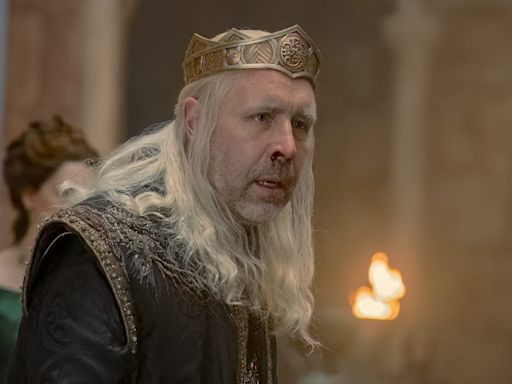Search results
- The electrons in the metal ions are excited to higher energy levels by the heat. When the electrons fall back to lower energy levels, they emit light of various specific wavelengths (the atomic emission spectrum). Certain bright lines in these spectra cause the characteristic flame colour.
edu.rsc.org/resources/flame-colours-a-demonstration/760.article
People also ask
What color does a fire burn?
Why do wood fires have different colors?
What color is a flame?
Why are colored flames important?
- September 2, 1983
- Discovering White Flames. When magnesium (Mg) burns, it creates white light. When substances containing beryllium (Be) are burned, they also create a white flame.
- Discovering Blue Flames. Purposefully manipulating flames to appear blue is done by burning cuprous chloride (CuCl) or more commonly butane (C4H10). The presence of arsenic (As) will produce a blue flame, and burning germanium (Ge) creates a pale blue flame.
- Discovering Yellow Flames. Yellow flames are the most common flames created by humans. It is the predominant color seen in campfires and candle flames.
- Discovering Orange Flames. Orange is one of the colors commonly associated with fire. That’s because most fires burn a hydrocarbon source like wood or charcoal.
Feb 24, 2020 · Fire is typically thought of as being orange or red, but it can be other colors too. Types of flame color can come from the material that is being burned. There is a relationship between flame temperature and color and a flame color temperature chart can explain how hot what you are seeing is.
Feb 22, 2024 · Flame colors span a spectrum that tells a tale as old as fire itself. Many people wonder what color is the hottest flame; more than a testament to the natural fascination with fire's beauty, this question underscores a fundamental principle in the science of thermodynamics and combustion.
- Overview
- Transcript
Understand the reason why fire flames have different color, shape, and movement
Learn about the colour, shape, and movement of fire.
© MinutePhysics (A Britannica Publishing Partner)
•Understand the reason why fire flames have different color, shape, and movement
•How does periodic law help us understand elements' properties and how they relate to one another?
•Rise of Hitler and Nazi terror tactics
We know that fire results from the combustion of organic material and oxygen. But don't you still sometimes wonder what fire is? Why are gas flames blue, and wood fire orange? And why do flames move in such a mesmerizing way? Chemistry may tell us the recipe for combustion, but the light show is all physics.
When a flame burns cleanly like a gas flame, blow torch, or the base of a candle, the heat excites the molecules to release light, usually pale blue, from atomic transitions. That's from quantum mechanics. Now when the fuel isn't as pure and doesn't entirely burn like wood fire, coal fire, or the top of a candle flame, there's still some blue light.
But you don't see it, because it's overpowered by light from all the particles of soot and smoke. They're glowing red hot. So why do hot objects glow? A process called blackbody radiation makes all objects glow with light of a color depending on their temperature. The reason that you don't see your friends glowing though, is because we're too cool to glow with the visible light. We glow in infrared.
But lava, a hot piece of iron, or soot in a flame, are all hot enough to glow with that familiar red-orange light. And the reason flames are shaped like tongues snaking skywards? Gravity. The earth's pull is what makes hot air rise. And this convection shapes flames into their familiar form. If you light a match in zero gravity, the flame spreads outwards like a balloon. There's nothing to tell it which way to go. So it goes in all directions.
- 1 min
Nov 28, 2009 · Instead, the colors of flames in a wood fire are due to different substances in the flames. The bright orange of most wood flames is due to the presence of sodium, which, when heated, emits...
Oct 19, 2023 · The color of each flame depends on the energy released by the electrons of the atom during de-excitation. In the case of carbon fuels, the color of the flame depends on the amount of oxidation that the carbon molecules undergo.
Jan 8, 2022 · So, how hot is fire? It depends on the color and energy source. You may want to learn about the fire triangle to understand better the relationship between oxygen, fuel, and heat that creates a flame. What is the temperature of a fire by color? How hot is blue fire? The blue fire is hot enough to melt iron ores and extract iron.

